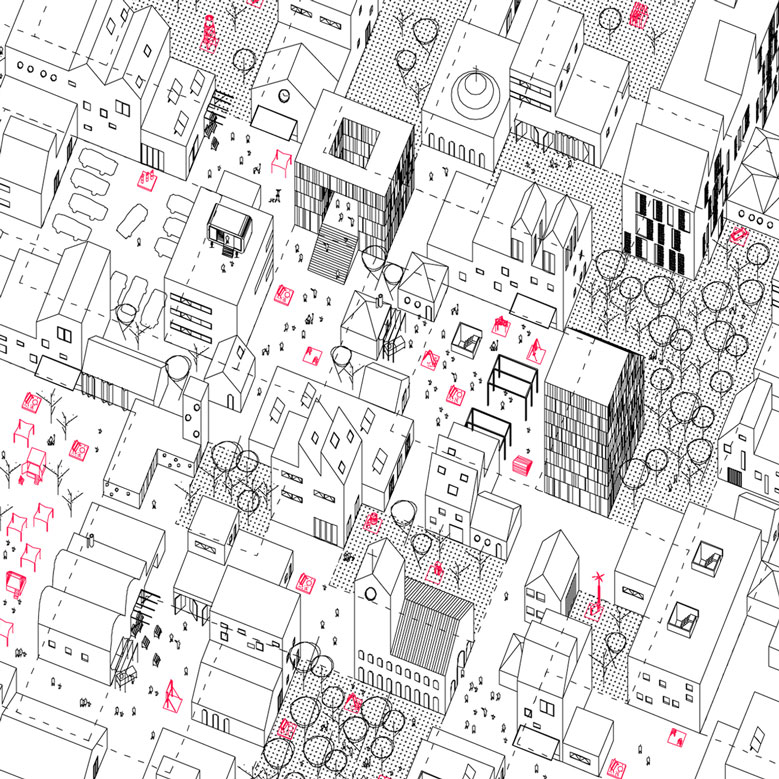PhD: ‘Hacia un método de configuración’. Van Eyck / Blom / Hertzberger. ‘Initiators and successors’.
Author: Luis Palacios.
Director: Jose Manuel López-Peláez.
Tribunal: Emilio Tuñón (president), Emilia Hernández Pezzi (secretary), Francis Strauven (vowel), Marta Llorente (vowel), Marina Otero (vowel), Jose Fernández-Llebrez (substitute) y Luis Gil (substitute).
Final grade: Outstanding work (CUM LAUDE).
Thesis with international references.
Projects Department.
Escuela Técnica Superior de Arquitectura de Madrid.
Universidad Politécnica de Madrid.
Luis Palacios, continuing the same line of research as his Masters of Advanced Architectural Projects, has finished his PhD dissertation in the Projects Department at the ‘Escuela Superior de Arquitectura de Madrid’ (2012-2017).
Here is an excerpt of his presentation given to the Tribunal at the dissertation presentation:
‘The best contributions towards revealing the first mysteries of harmony in motion with which alone can humanize vast number, have been made by students. […] I know about it, I talk about it, I read about it, but it isn´t sort of under my skin as with the younger generation. It is specifically in their world that it happened and it is obvious they are the people that will be able to find the key, the new configurative discipline’. (Aldo van Eyck, 1966)
In the same way as in the Dubrovnik conference Le Corbusier, through a letter, handed over the responsibility to the architects’ generation of the Team 10, several years later the architect Aldo van Eyck was the one who delegated to his students the challenge of humanizing “the vast number”. Half a century after the publication of the text “Steps towards a configurative discipline” in the Dutch magazine Forum the debate about the vast number remains open.
The interest of the presented dissertation starts from the mutual influence between Van Eyck and his disciples Joop Van Stigt, Piet Blom and Herman Hertzberger on the configuration process. Initiators and successors showed different interpretations of the same theory applied in their work and teaching, creating an aspect defined later by Oriol Bohigas as the New Amsterdam School.
The analysis of projects based on this thought and its interpretation brings us closer to relevant topics of the current outlook: collective configuration patterns, higher level systems that make chaos possible at smaller scale or urban supports. Analyzing the contribution of configuration principles from a contemporary view reopens the debate about the architect’s role in the configuration of a city, which is an increasingly more complex and changing reality.
The complete thesis can be reviewed as digital version in the archive of the ‘Escuela Superior de Arquitectura’ of the ‘Universidad Politécnica de Madrid’.




